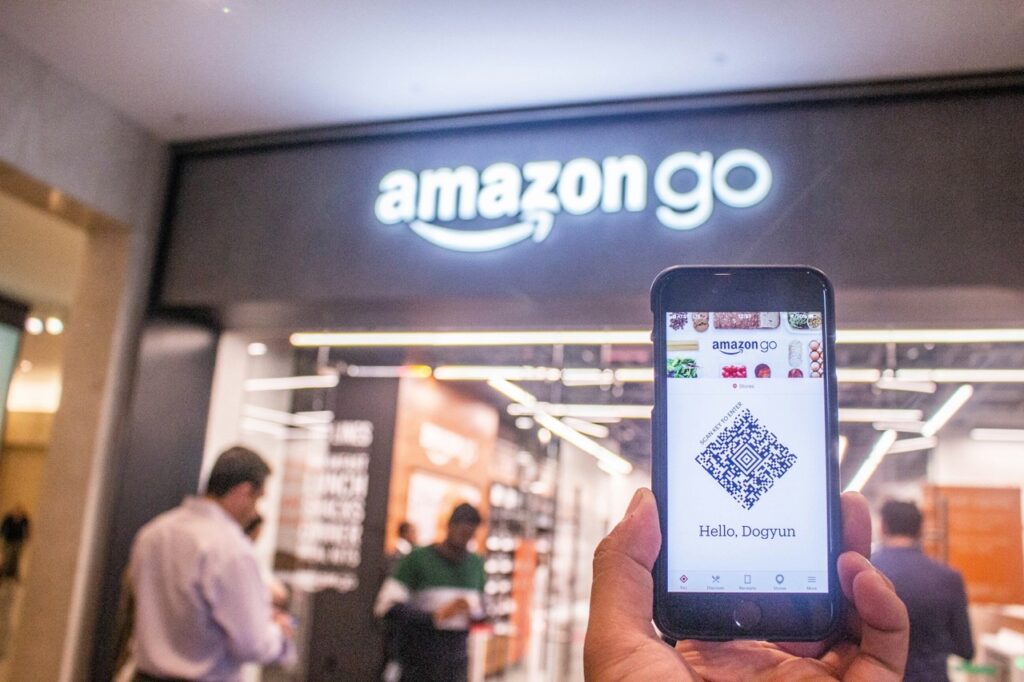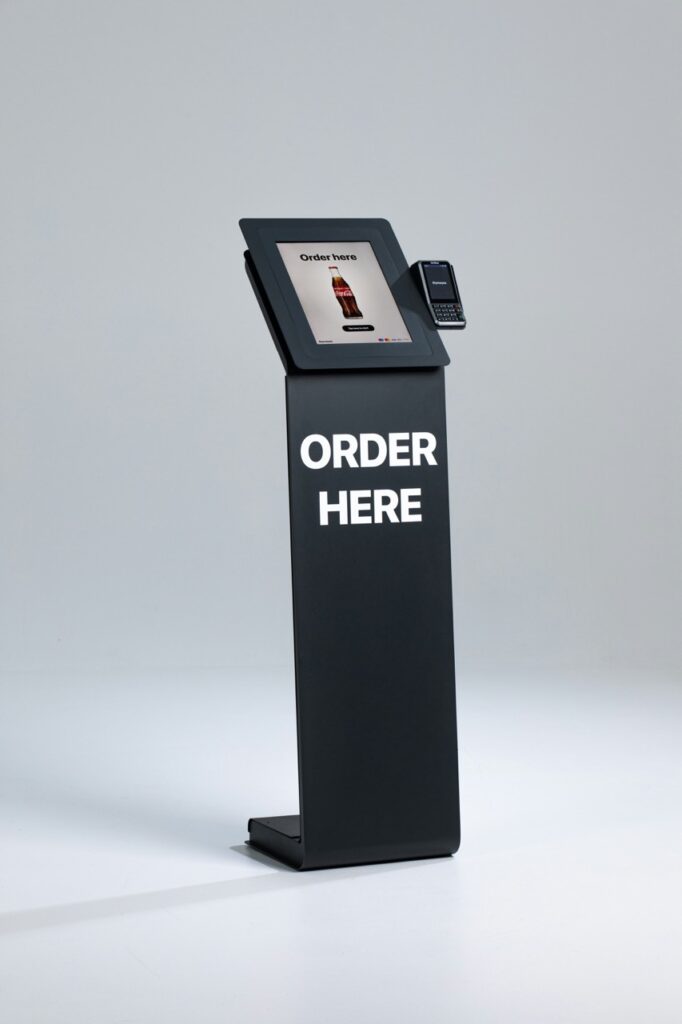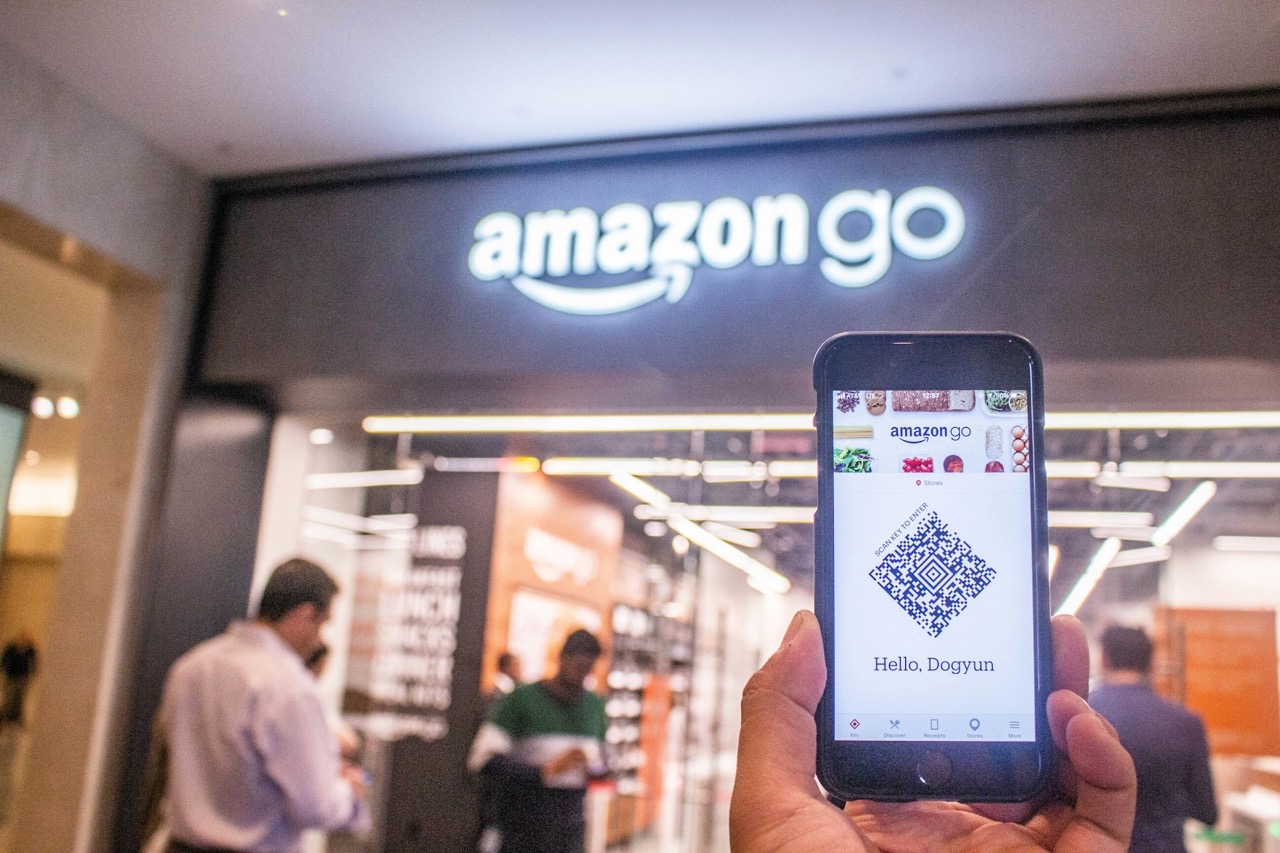The retail industry has gone through a huge transformation in the past two decades as shopping habits have gone from in-person to online. The number of people using websites and apps has never been higher and it is estimated that nearly 2.71 billion people will shop online in 2024, according to Oberlo. What’s more, this number is supposed to grow even more by the end of 2025.
It is not uncommon for the biggest companies in retail sectors to solely operate online. But how does the future of the shopping industry look, and what are some trends we can expect to see in the near future?
Retail is Not Alone
Of course, while there has been so much change in the consumer retail sector, it is not the only one affected by a shift to online consumption. Sectors like the gambling industry have been completely transformed. The online gaming industry is now said to be worth over $100 billion, as reported by Statista. Previously, betters or gamers had to go to bricks and mortar establishments to bet or play, but this has changed. Nowadays, it’s more likely that gamers play bingo, slots, jackpot games, and bet on countless sports online, something unimaginable even a decade ago. Gambling companies have also been able to personalise the customer experience with AI technology.
The tourist industry has also seen big changes, with consumers booking hotels, flights, and tours all online, In the shopping sector, companies such as Amazon and eBay have benefited most from the move online, redefining their sectors.

Trends to Look Out For
Some of the trends in this section may make you think you’ve gone forward fifty years. Farfetch has created smart mirrors that give customers a virtual look at their outfit, while augmented and virtual reality have also been introduced by some companies, allowing customers to use smartphones to partake in activities like scavenger hunts.
On the inventory management side, smart shelves are to be introduced, allowing shops to track which items need to be replaced. Meanwhile, gamification has been introduced in the banking sector to improve education about products and knowledge of the industry. For the banks themselves, they have seen improved retention rates and increased engagement levels.
Improving the In-Person Experience
Although we have talked a lot about how shopping has moved online, there is still a large percentage of in-person shoppers. Newsnation reported that 57% of shoppers still prefer to do so in-store. Because of this popularity, retail outlets are using technology to improve the in-shop experience. In the States, companies like Walmart have decided to introduce digital touchpoints for their customers, while JC Penney has invested $1 billion in upgrades to improve the customer experience. In the UK, self-service checkouts are increasingly common in supermarkets, although not everybody likes them, while Currys has improved its offering both online and in-store, including by introducing a Customer Hub in stores.

The next few years will no doubt bring more change. AI as a usable technology is relatively new, and many companies are still working out the best way to leverage it. However, with implementation and increased data collection, it will improve, and this should bring online companies even closer to their customers.





